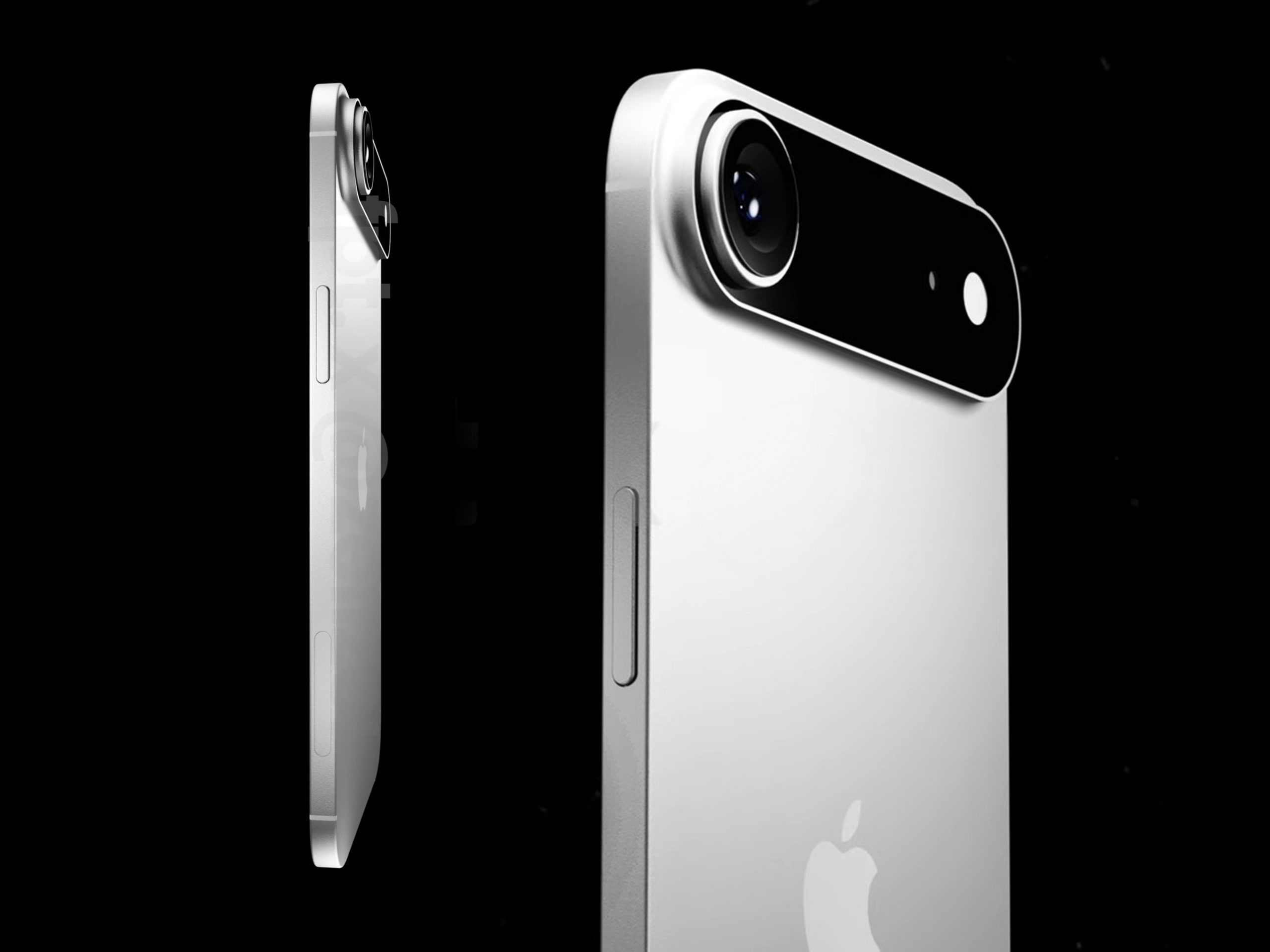They say people who don’t understand history are doomed to repeat it. I feel like we’re about to watch the most spectacular tech déjà vu of all time this year. We’re rumored to see Apple launch a Slim version of the iPhone come September, with YouTuber Jon Prosser confidently revealing a fairly fleshed-out design of what the phone will look like. Earlier, Prosser mentioned that this phone would be given the ‘Air’ moniker as opposed to ‘Slim’, which we all were using earlier.
The reason? ‘Air’ is a suffix that Apple’s used extensively with its iPad and MacBook line, indicating thinner, sleeker models. If Apple intends to launch a thinner, sleeker iPhone, chances are it’ll rely on the Air term that it’s popularized over the years. But here’s the glaring problem with a slim iPhone – it’s prone to bending and even snapping in half. That isn’t speculation, it literally happened in 2014 when the iPhone 6 debuted.
It was perhaps the biggest crisis Apple faced after Jobs passed, and it got to a point where people would just walk into Apple stores and bend the phones just to see if the rumor was actually true. It was – the phone’s thin design and aluminum outer chassis were really prone to just folding in half. Lewis Hilsenteger of Unbox Therapy first broke the news, showing how the iPhone 6 curved in his pocket when he sat down. It needed no extra force, just the act of sitting down with the phone in your pocket. Zack Nelson of JerryRigEverything proceeded to test this theory, practically breaking the phone in half with just his bare hands.
Multiple rumors from very credible sources are indicating that Apple will launch its ‘Air’ iPhone this year, with indications that it will also discontinue its ‘Plus’ range to keep SKUs at current amounts. Samsung debuted the ‘Edge’ variant of its Galaxy phones at Unpacked this year too, mirroring how they pre-emptively launched the Galaxy Watch just months before Apple announced the Apple Watch.
The Galaxy S25 Edge didn’t completely debut either – it was released with limited visibility, nobody was allowed to touch the handset, and Samsung refrained from teasing any specs, pricing, or launch date. In a lot of ways, this was Samsung’s way of showing a thin-phone proof-of-concept without really allowing journalists to as much as hold the device. My journalistic suspicion tells me Samsung knew for a fact that the S25 Edge was possibly too fragile to be handled by the media.
Rather than having a massive news cycle about a bendable Galaxy (following years of damage control after a flammable Galaxy), Samsung controlled the narrative simply by putting the phone behind a glass facade, far from human touch. Unless Apple’s devised a way to make razor-thin phones that simply don’t bend, the iPhone Air faces the same fate as the iPhone 6, caving (or concaving) under the pressure of mild scrutiny.
Why is Apple launching an iPhone Air? I have my reasons to believe that they’re looking to shake up their line-up which hasn’t seen any solid innovation since the Dynamic Island. Is a slim iPhone the best idea? From a sheer breakability point, maybe not – but here’s my conspiracy theory – the iPhone Air is just a precursor to a folding iPhone. Foldables need to be ridiculously slim when unfolded (so that they’re a maximum of 11-12mm thick when shut), which is why Apple’s building the Air first, to stress-test the hardware before debuting the folding iPhone. The iPhone Air is rumored to launch this year, although nobody’s really sure of what its price point would be. With its single-lens camera system, it would be pretty unwise to price it at the $1000 mark, but at that point, you’re really paying for innovation over flagship spcs.
The post The Ultra-Slim iPhone Air Is A ‘Bendgate’ Disaster Waiting To Happen All Over Again first appeared on Yanko Design.

